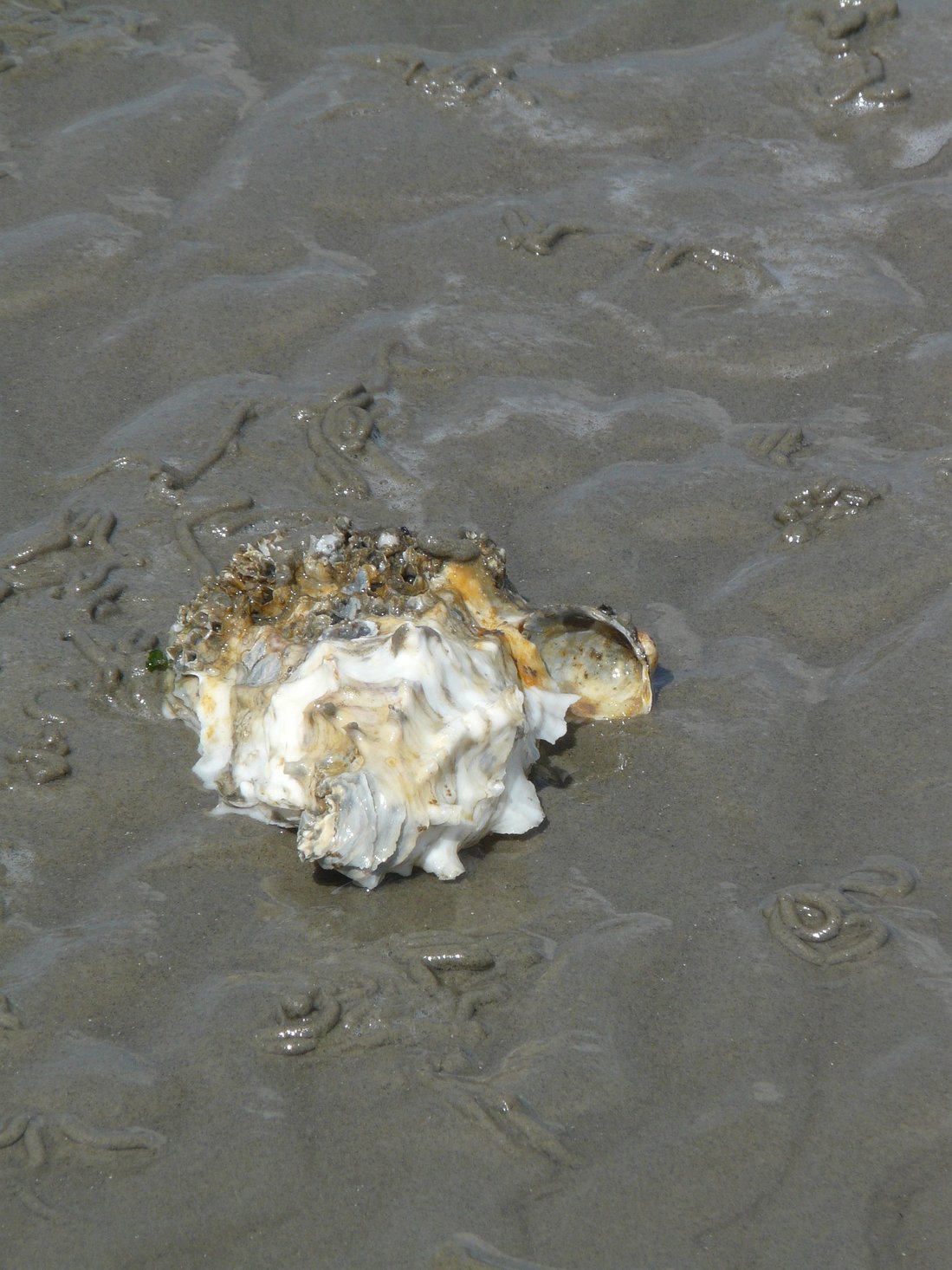It is in human nature to protect only those things that are perceived as important and valuable. The challenge is that the definition of what is important or valuable varies from person to person. So, what qualities of the ocean are so important and valuable that we can agree as humans to protect them and set aside other interests?
Since the 1970s, science has been discussing questions about the value of nature and its benefits to humanity. During that time, we began to gain a better understanding of how nature and its natural communities, the ecosystems, function. The services provided by ecosystems became more apparent. At the same time, it became clear how quickly humans are destroying nature and, in turn, suffering the consequences.
To better assess the benefits that humanity derives from nature and the damages caused by its destruction, scientists developed a concept known as ecosystem services in the 1990s. This refers to the functions and processes of an ecosystem that contribute directly and indirectly to human well-being. Their approach has since been widely discussed and expanded.
What does nature do?
At its essence, the ecosystem services of nature, including those of the ocean, are still categorized into four main types. These include:
- Provisioning services: This includes all functions and processes of the ocean that allow us humans to obtain food and raw materials.
- Regulating services: These are the benefits and advantages that we derive from the regulating effects of the ocean—such as climate regulation by the sea or coastal protection provided by mangroves, salt marshes, seagrass beds, and coral reefs.
- Cultural services: This category includes all the functions of the ocean that serve our wellbeing in an intangible way - such as the fun of diving or surfing, or the inspiration that artists find in the sea.
- Supporting services: This refers to biological, chemical and physical processes that occur naturally in the ocean and form the basis for life on earth - for example, the nutrient cycles of the sea or the oxygen production of algae and marine plants.
All of these marine ecosystem services are vital for the survival of humans and nature. They must therefore be taken into account in all considerations regarding the use and protection of the oceans. For many, however, this is too general and abstract. That's why there are repeated attempts to represent ecosystem services numerically. In short: in money.
Money is a simple means of presenting a value in a way that people can understand. A price tag for the ocean's services draws greater attention to them and makes them comparable (at least to a limited extent).
For example, researchers have recently calculated that marine kelp forests provide ecosystem services worth between 465 and 562 billion US dollars per year. Their most valuable services are as a nursery for food fish and as a natural purification plant for polluted or over-fertilized water masses.
The calculation of ecosystem services in monetary terms has indeed faced significant criticism. It is often pointed out that these calculations are based on highly simplified estimates and that the diversity of ecosystems is not adequately taken into account. Despite all the criticism and inaccuracies, they do illustrate the magnitude of the value of marine ecosystem services. And that is impressive.
- Conroy, G. (2023). Why Earth's giant kelp forests are worth $500 billion a year. Nature. doi.org/10.1038/d41586-023-01307-3
- Eger, A.M., et al. (2023). The value of ecosystem services in global marine kelp forests. Nature Communications 14, 1894. doi.org/10.1038/s41467-023-37385-0
- Lehmköster, Jan, und Tim Schröder. Der nachhaltige Umgang mit unseren Meeren – von der Idee zur Strategie. Bd. 4. world ocean review. Hamburg: maribus gGmbH, 2015. worldoceanreview.com/wp-content/downloads/wor4/WOR4_de.pdf










